The following is a list of fast vintage prime lenses that won’t explode your wallet. All lenses have an open aperture of 2.8 or faster, which is a good base for bokeh hunting and should have a price of around or less than EUR 100 in ebay. If you are a friend of the 80/20 Pareto Principle (get 80% of a vintage lens performance for 20% of the price), the list below could be of interest to you.
Last Update from March-27, 2020:
- adding the legendary sharp Minolta MD 135mm f2.8 (MD1 version with 4 lenses in 4 groups)
This is part 1: from 85mm to 200mm.
For part 2: from 24mm to 50mm, klick here.
Jump directly to the focal length and lens of interest:
 Nikon Ai 85mm f2 with standard “creamy bokeh“
Nikon Ai 85mm f2 with standard “creamy bokeh“
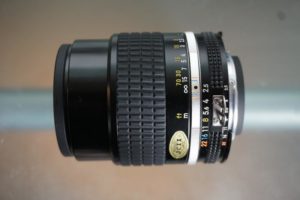 Nikon Ai-S 105mm f2.5 with “burning bokeh“
Nikon Ai-S 105mm f2.5 with “burning bokeh“
 Minolta MD 135mm f2.8 MD1 version (UPDATE)
Minolta MD 135mm f2.8 MD1 version (UPDATE)
 Raynox M42 135mm f2.8 with “wet-on-wet bokeh“
Raynox M42 135mm f2.8 with “wet-on-wet bokeh“
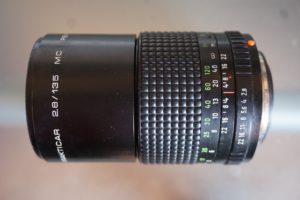 Prakticar Pentacon MC 135mm f2.8
Prakticar Pentacon MC 135mm f2.8
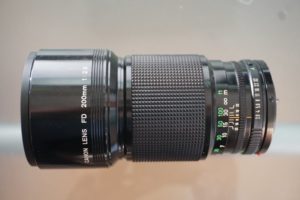 Canon FDn 200mm f2.8 with “van Gogh bokeh“
Canon FDn 200mm f2.8 with “van Gogh bokeh“
Nine reasons for using old vintage lenses on modern mirrorless camera bodies
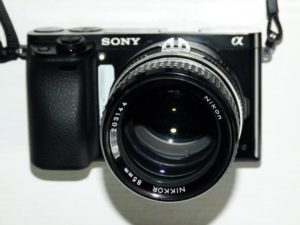
- If you want to use a fast prime lens with decent image quality (e.g. for available light photography or portraits and a shallow focus technique), the price for new lenses are quite high compared to vintage lenses. But vintage lenses are not only less expensive than modern lenses, in some respect they are also often better, if you choose the right vintage lenses.
- Image quality of vintage lenses can be much better than modern lenses, if you get the right lens in good condition. A good example is the Nikkor Ai-S 105mm f2.5 from the year 1984: https://tech.swiss-1.ch/vintage-lenses-prime/#105mm. Also compare the image quality of the modern kit lens SELP1650 which sells for approx. EUR 150 with the 30+ years old Tokina zoom lens SZ-X 28-200mm which sells for EUR 60 or the Minolta prime lens 50mm f1.7 for EUR 30 here: https://tech.swiss-1.ch/50mm-vintage-lens-shootout/
- Another reason to use vintage lenses, is the outstanding bokeh and rendering characteristics if you choose the right vintage lens. A good example is the “van Gogh bokeh” of the Canon FD 200mm f2.8 from the year 1978: https://tech.swiss-1.ch/van-gogh-bokeh
- If the size of the lens matters, vintage lenses with a lot of metal parts instead of plastics, also with no focussing and stabilizing parts are usually much smaller compared to nowadays prime lenses.
- The much better build quality of vintage lenses compared to new lenses could be another reason to better invest in the old lenses (metal instead of plastics).
- The need of vintage lenses for manual focus and manual aperture setting is often seen as drawback of vintage lenses, but forces the photographer to pro-actively plan the motive composition and tech parameters like focus point, depth of field, ISO value and exposure time of an upcoming shoot. This leads to more creatively composed photographs compared to the “click and shoot” style of fully automated photographs.
- Satisfy your interest in world- and lens-history: Many famous photographs of the world’s history have been shot on analog film with analog lenses. Some of the lens models used to those photographs are available as inexpensive vintage lenses for the use on modern mirrorless cameras. A good example is the legendary Carl Zeiss Jena Olympia Sonnar 180mm f2.8, which was constructed specially for the Olympic Games 1936 in Berlin:
https://tech.swiss-1.ch/olympia-sonnar-180mm
Another good example is the famous Nikkor 105mm f2.5 lens, which the American journalist Steve McCurry used in 1984 to shoot the Afghan girl with the green eyes. Read my blog post to get more information about this iconic photograph:
https://tech.swiss-1.ch/afghan-girl
By using those vintage lenses with an adapter on modern mirrorless camera bodies like the Sony alpha 6000 or the Sony alpha 7 series, you can enjoy many high tech features of those top-notch cameras with your 30+ years vintage lenses. Those features let the vintagage lenses better perform than with their original camera bodies: - In-body 5-axis image stabilization: With the Sony alpha 7 Mark 2 and alpha 7 Mark 3 mirrorless cameras, your old vintage lenses even benefit from a in-body 5-axis image stabilisation.
- Focus peaking: Modern mirrorless APS-C and full frame cameras like the Sony alpha 6000 or the Sony alpha 7 series allow quick and accurate focussing of manual vintage lenses by the focus peaking feature. This feature looks at the scene, figures out what’s approximately in focus and puts colored lines on that area of the frame:
The performance of the old lenses might be worse on the Alpha A7R camera family because of its very high sensor resolution, which brings some vintage lenses to their optical limit. You can use this lenses also on Olympus and Panasonic Micro Four Thirds / MFT camera bodies with appropiate adapters.

What the heck is bokeh?
The term “bokeh” will be frequently used in the reviews of following lenses. Bokeh has been defined as the way the lens renders out-of-focus points of light. Bokeh occurs for parts of the scene that lie outside the depth of field. Photographers sometimes deliberately use a shallow focus technique to create images with prominent out-of-focus regions.
Bokeh is an adaptation of the japanese word “boke” into western languages. In Japan, boke means “deliberately out of focus” and has come into English as “bokeh”, with an additional “h” to show the pronunciation.
See more information about bokeh here:
https://en.wikipedia.org/
wiki/Bokeh
In this video, you will see 3 lenses which deliver a strong bokeh effect for portrait photographs (especially the “exploding bokeh” of the russian MIR-1B 37mm f2.8 lens):
Bokeh quality is, to some extent, a matter of individual taste. Rick Denney gives some good examples, which kind of Bokeh’s are distracting, neutral or pleasing:
http://www.rickdenney.com/
bokeh
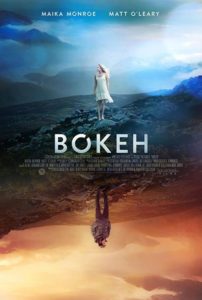 There is also a movie named “BOKEH” from 2017, which I can recommend if you are interested in Iceland, mystery and photography. A science fiction drama film with Maika Monroe and Matt O’Leary as two American tourists in Iceland. Matt almost continuously uses his nice Rolleiflex 6×6 twin lens camera throughout the movie.
There is also a movie named “BOKEH” from 2017, which I can recommend if you are interested in Iceland, mystery and photography. A science fiction drama film with Maika Monroe and Matt O’Leary as two American tourists in Iceland. Matt almost continuously uses his nice Rolleiflex 6×6 twin lens camera throughout the movie.
The movie title “BOKEH” references the photographic bokeh effect in which backgrounds are blurred, as representing the different viewpoints of the main characters about the hopeless situation, that everyone else in Iceland has mysteriously vanished:
https://en.wikipedia.org/
wiki/Bokeh_(film)
What is the crop factor when using those vintage lenses with an APS-C sensor?
The crop factor is used to compare the field of view of cameras having a different sensor size with the same lens.
On cameras with APS-C sensor like Sony alpha 6000, 6300 and 6500, you have a crop factor of 1.52, which means that a 50mm full frame lens behaves like a 77mm lens on a full frame camera if used on cameras with APS-C sensor. On Olympus and Panasonic cameras with Micro Four Third / MFT sensor you have a crop factor of 2. Get a good explanation of the crop factor here: https://en.wikipedia.org/
wiki/Crop_factor
Nikon Nikkor Ai 85mm f2.0, approx. EUR 180 at ebay (2017)


Specs: 310g weight, 61mm length, 5 elements in 5 groups, 7 aperture blades, 52mm filter, Nikon F mount
Nippon Kōgaku K. K. (renamed to Nikon in 1988) was founded in 1917 as the merger of Japanese optical firms with military connections. Their first camera lenses were designed in the 1920s by Heinrich Acht, who was invited with a team of German engineers to Japan. The first lens mounted on a camera for civil use was the Anytar 12cm f4.5 made in the early 1930s, renamed to Nikkor in 1932. From 1934, the company supplied lenses for the early Canon cameras. The first camera named „Nikon“ was the Nikon I in 1948, which used the mount of the Contax II from Germany (sorry for the digression about German engineering, find an interesting article about Nikon’s history and current fight for survival here).
Without a doubt this lens is the smallest and lightest 85mm full frame vintage lens. The creamy bokeh of the lens at open aperture is pleasing and keeps to be nice when stepping down due the 7 aperture blades. The depth of field is so low with f2.0 that you have to focus carefully.
The “creamy bokeh” of the Nikkor Ai 85mm f2:
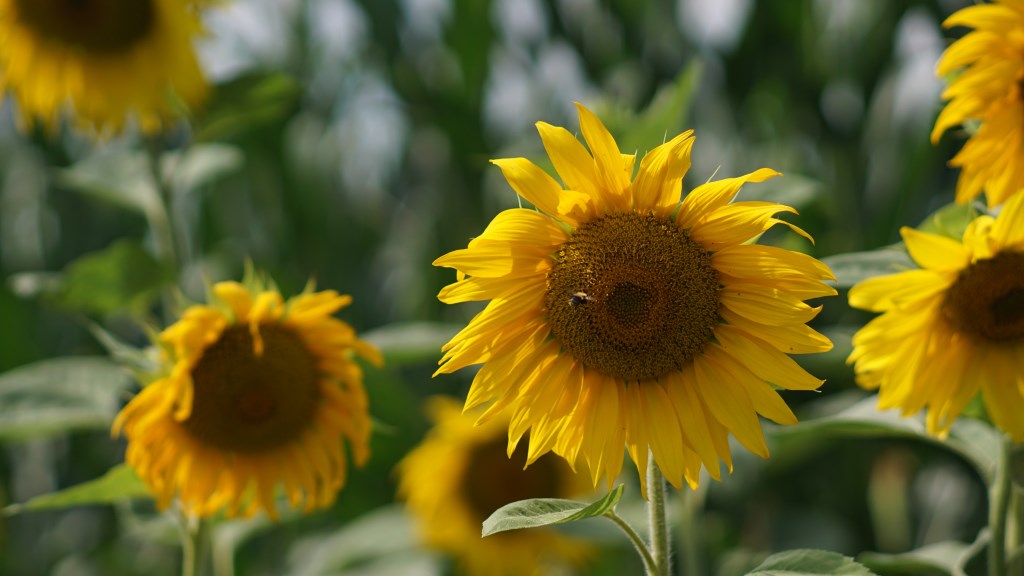
The “creamy bokeh” of the Nikkor Ai 85mm f2 vintage lens is a standard bokeh type of many good portrait lenses.
Get more information about this lens here: http://allphotolenses.com
and https://kenrockwell.com
This lens was probably made in 1979. See what else was happening in 1979 here: https://en.wikipedia.org/
wiki/1979
Get an excellent overview about analog Nikon lenses here: http://camaracoleccion.es
Unfortunately, this website is in Spanish only, but the information is worth translating into English with Google translator.
Nikon Nikkor Ai-S 105mm f2.5, approx. EUR 285 at ebay (2018)


Specs: 376g weight, 78mm length, 5 elements in 4 groups, 7 aperture blades, 52mm filter, Nikon F mount
This is a legendary sharp lens and this Ai-S model of the Nikkor 105mm f2.5 lens with integrated lens hood was used by the American journalist Steve McCurry to shoot the probably most famous portrait photograph. The iconic photograph of the Afghan girl with the green eyes was published in 1985 on the cover of the National Geographic magazine:
Read my blog post to get more information about this iconic photograph of the Afghan girl with the green eyes here: https://tech-reviews.swiss-1.ch/afghan-girl
According to Ken Rockwell, the Nikkor 105mm f2.5 lens is so good that it is partly responsible for Nikon’s reputation and dominance in the professional market back in its day. Ken says, “If you can’t make a sharp picture with this lens, it’s your fault. It’s sharp at all apertures in all points of the image.“:
https://kenrockwell.com/nikon
I can add, that the lens excels also with almost no chromatic aberations, no distortion, no flaring and no ghosting. Vignetting is not noticeable, even at f2.5. Probably the perfect vintage portrait lens. But please be aware, that the lens tested here was in truly MINT condition, out of its original styrofoam packaging.
The initial design of the 105mm f2.5 lens, released in 1954, used Sonnar-type optics (5 lenses, 3 groups). The new optical design, released in 1971, was based on the Xenotar-type lens (5 lenses, 4 groups) with thick, convex lenses, rather than the Sonnar-type with its many asymmetric components. The Xenotar-type design has the features of a symmetric design, and in particular distortion is extremely low.
The new Xenotar-type optical design for this best-selling mid-range telescopic lens was continued for three generations, from the Nikkor Auto to the New NIKKOR, the AI Nikkor and then to the AI-S Nikkor, the last lenses were sold in 2005.
How sharp is the Nikkor Ai-S 105mm f2.5 really? Let’s have a closer look to the bee in the middle of this 24 megapixel aps-c image of the Sony alpha 6000:

Here you see a 1024 pixel crop of the bee and how sharp this lens really is:
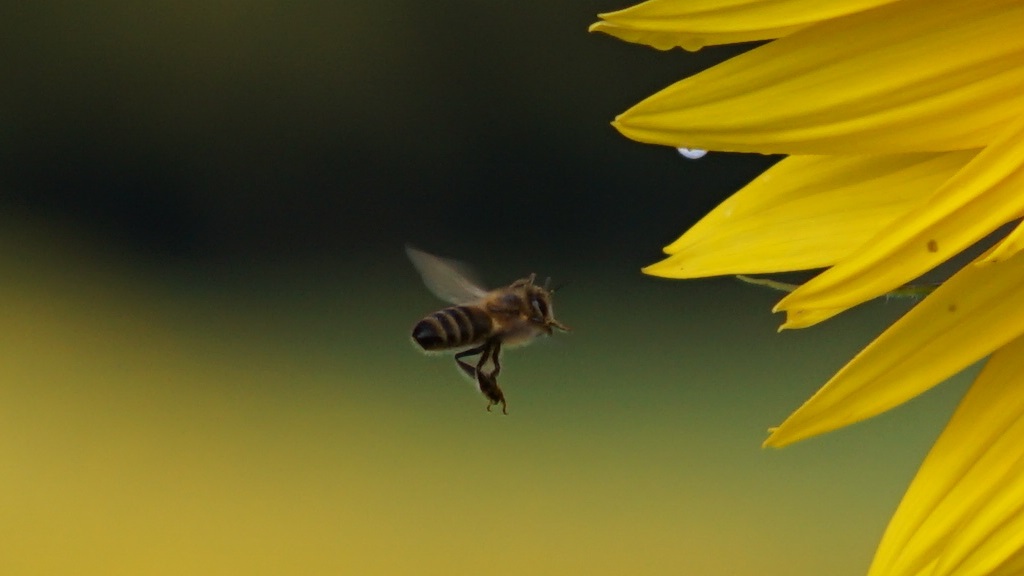
The positive rumours about the image quality of this 105mm lens seem to be true. I will follow up with a test of the corner sharpness using the mirrorless Sony alpha 7Rii fullframe camera and it’s 42 megapixel sensor.
The “burning bokeh” of the Nikkor Ai-S 105mm f2.5:
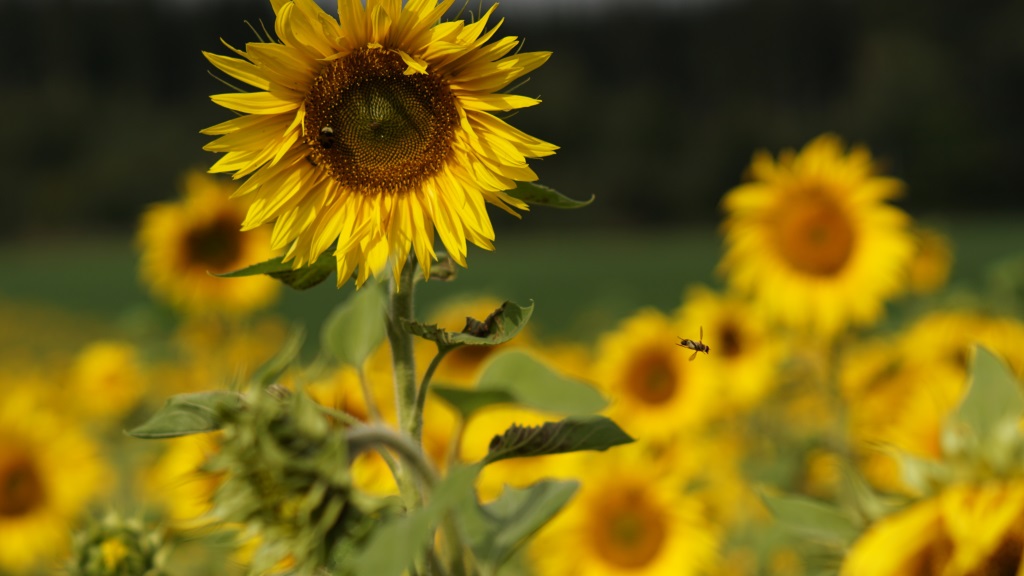
The “burning bokeh” of the Nikkor Ai-S 105mm f2.5 vintage lens corresponds to flames, good to be seen in the lower right corner of the photograph which looks like sunflowers on fire (@Werner: thanks for the idea).
Nikon seems to be very proud about their Nikkor 105mm f2.5 lens, it is part of their online museum of outstanding Nikon lenses “The Thousand and One Nights of lenses”. Read technical details about the lens and some nice anecdotes about Yoshiyuki SHIMIZU, the engineer of the Nikkor 105mm f2.5 and why the best optics designers are good at the Chinese tile-based game Mahjong:
https://imaging.nikon.com/
history
Get more information about this lens here: http://allphotolenses.com
This lens was made in 1984. See what else was happening in 1984 here:
https://en.wikipedia.org/
wiki/1984
Get an excellent overview about analog Nikon lenses here: http://camaracoleccion.es
Unfortunately, this website is in Spanish only, but the information is worth translating into English with Google translator.
Minolta MD 135mm f2.8 (MD1 version), approx. EUR 90 at ebay (2020)


Specs: 513g weight, 81mm length, 6 aperture blades, 55mm filter, Minolta MD mount, photo is with MD to e-mount adapter
The 135mm f2.8 Minolta MC and MD classic lenses are the Minolta lenses produced in the largest amount after the 50mm MC and MD lenses. The first MD version “MD1” with 4 lenses in 4 groups from 1977 is known to be the best of 4 different MC and 3 different MD lens versions.
Quote of the famous lens expert Walter E. Schön in 1978 in the detailed lens review of the German color photo magazine: “The four-lens MD Tele Rokkor 1:2.8/135 mm came second against strong competition (among others from Canon, Nikon and Zeiss) in a huge test field wafer-thin behind the outstanding Leitz Elmarit-R 1:2.8/135 mm — they were equal to each other in almost every respect, only in contrast the Elmarit achieved a tiny (practically almost insignificant) advantage.”
Look here about the details of the many versions of this lens and the presented “MD 1” version (German language): http://artaphot.ch
The best way to detect the good “MD 1” version is the weight of 513g, the “MD TELE ROKKOR” labelling, a rhomb marker for the aperture value and 6-row rubberized focus ring. If you cannot get this lens, the Canon FD 135mm f2.5 is a good alternative for approx. EUR 100 (2019).
Get more information about this lens here: http://allphotolenses.com
This lens was probably made in 1977. See what else was happening in 1977 here: https://en.wikipedia.org/
wiki/1977
Raynox M42 135mm f2.8, approx. EUR 30 at ebay (2016)


Specs: 350g weight, 86mm length, 6 aperture blades, 58mm filter, M42 mount
This lens was a big surprise to me. The Japanese company that produces Raynox lenses was founded in 1963 and still exists today, though now it is known for its industrial optics and access lenses for video cameras. See their actual website in super-old-style web 0.2 design here: http://raynox.co.jp
Because the not well-known brand of “Raynox” and the M42-screw-mount, lenses like the 135mm are difficult to sell and appear seldom in ebay. Image quality and bokeh are outstanding, if you get a lens in good condition. Even more rarely, you will find the fast Raynox M42 135mm f1.8 “POLARIS” lens in ebay, but this sells for EUR 350+ in near MINT condition.
If you can get a Raynox 135mm f2.8 lens in good shape, consider yourself lucky. I got mine for EUR 10 and wouldn’t sell it for EUR 100. I like the bokeh at open aperture, and sharpness in center and corner was better than my Minolta MC 135mm f2.8. Because the Raynox lens is very rare, you can also look for the wide spread Praktica Pentacon MC 135mm f2.8.
The “wet on wet bokeh” of the Raynox 135mm f2.8:
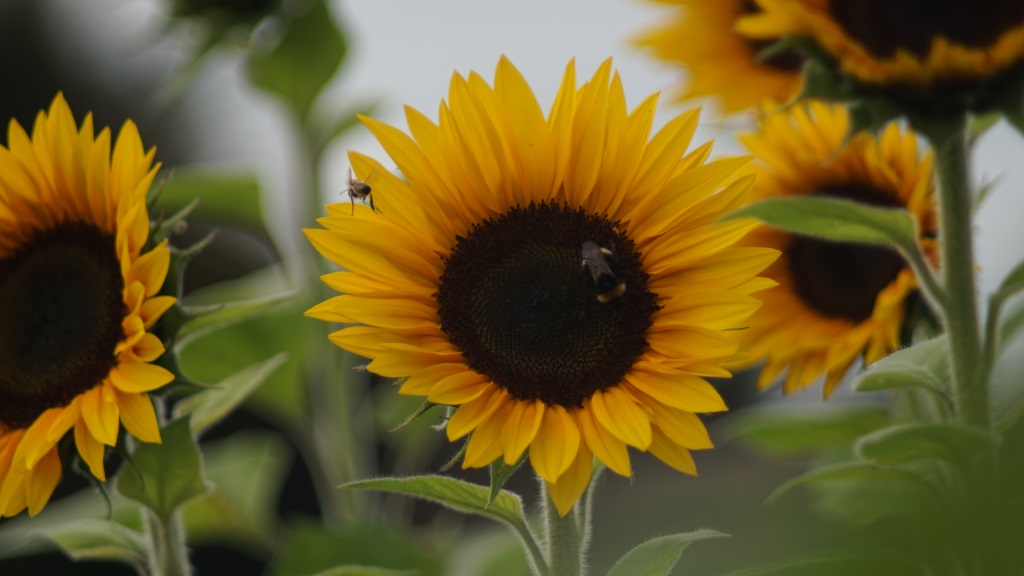
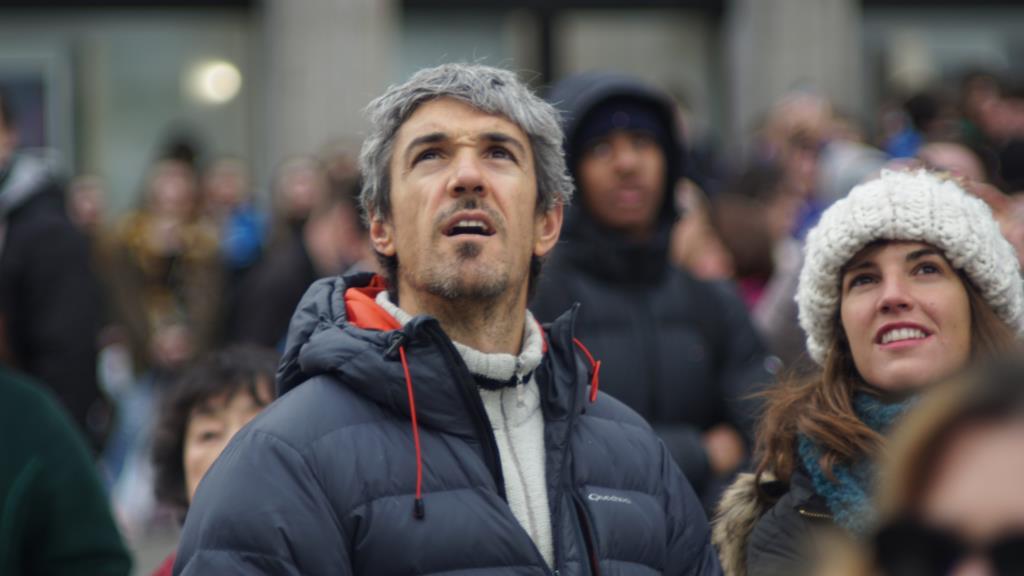
The bokeh of the Raynox M42 135mm f2.8 vintage lens corresponds to the wet-on-wet technique for watercolor paintings, adding wet paint onto wet paper, and allowing the added pigment to spread out unhindered.
Get more information about this lens here: http://allphotolenses.com
This lens was probably made in 1976. See what else was happening in 1976 here: https://en.wikipedia.org/
wiki/1976
Praktica Pentacon MC 135mm f2.8, approx. EUR 70 at ebay (2016)


Specs: 465g weight, 97mm length, 6 aperture blades, 55mm filter, Praktica B or M42 mounts
The Prakticar Pentacon MC 135mm f2.8 was manufactured by the VEB Pentacon Dresden in the German Democratic Repblic. It is a compact telephoto lens at a very reasonable price and with good image quality. The earlier versions are with 15 and the later versions are with 6 aperture blades. Try to get the older version with 15 aperture blades for a better bokeh, when stopped down. For the bokeh at open aperture of f2.8, the number of aperture blades doesn’t matter. If you cannot get this lens, the Minolta 135mm f2.8 (MD1 version) is a good alternative.
You will see a description of the bokeh of this lens here soon.
Get more information about this lens here: http://allphotolenses.com
This lens was probably made in 1983. See what else was happening in 1983 here: https://en.wikipedia.org/
wiki/1983
Canon FDn 200mm f2.8, approx. EUR 210 at ebay (2016)

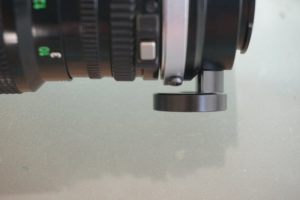
Specs: 700g weight, 140.5mm length, 5 elements in 5 groups, 8 aperture blades, 72mm filter, Canon FD mount
You are in photography with fast telephoto lenses? Looking for a fast vintage prime lens with 200mm and f2.8, beautiful bokeh which is beyond believe and absolutely insane small depth of field? Then the Canon FDn 200mm f2.8 could be the right lens for you. Chromatic aberations are there at open aperture but minimal to no flaring and minimal to no ghosting. When using a tripod, get an adapter with tripod mount because of the weight of 700g.
The “van Gogh bokeh” of the Canon FD 200mm f2.8:
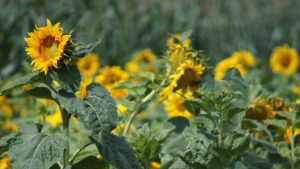
The “van Gogh bokeh” of the Canon FDn 200mm vintage lens at aperture f2.8 corresponds to Vincent van Gogh’s way of painting to apply paint thickly and to use heavier brush strokes.
Read more about the “van Gogh bokeh” here:
https://tech-reviews.swiss-1.ch/
van-gogh-bokeh
Got the lens from Racquetfilm in Brisbane, Australia, an anlog photo processing service. See some nice analog photographs from the Racquetfilm photographers here:
https://racquetfilm.com/
the-racquet-family/
There are eight different variants of the Canon 200mm vintage prime lens with FD mount: https://en.wikipedia.org/wiki/
Canon_FD_200_mm_lens
An excellent overview about analog Canon lenses: http://camaracoleccion.es
Unfortunately, this website is in Spanish only, but the information is worth translating into English with Google translator.
Get more information about this lens here: http://allphotolenses.com
This lens was probably made in 1978. See what else was happening in 1978 here: https://en.wikipedia.org/wiki/1978
This is part 1: from 85mm to 200mm.
For part 2: from 24mm to 50mm, klick here.
See my list of recommended zoom vintage lenses here:
https://tech-reviews.swiss-1.ch/
vintage-lenses-zoom/
Final remarks
Be aware, though, that the classic lenses are fully manual for focus and aperture setting. Also, some classic lenses do not perform well because of fungus, haze or balsam separation, and/or the lens might have been dropped or been treated badly. Look at the Classic Lens Buying Guide and 10-Points Checklist for more details here:
Better not to end up like Jan Eufinger with his Hanimex Hanimar 28mm f2.8, “probably the worst lens of the world“: https://www.youtube.com
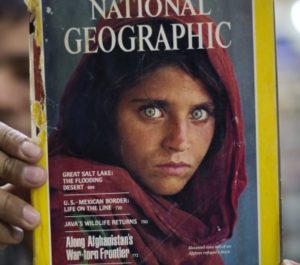
Nice compilation of vintage lenses. I own the Raynox 25mm which performs quite well and got it for $25 usd. It’s not a well-known brand. You should have a look at the Canon fd 200mm f2.8 to cover 200mm.
Or the pentacon 200 mm f4, slow lens but nice bokeh with 15 aperture blades. I got it for only 60 euros on ebay.
You should add the inexpensive Nikkor 105mm f2.5 to this list. Its legendary for the Afghan girl with he green eyes photo on the cover of the National Geographic magazine.
https://en.m.wikipedia.org/wiki/Afghan_Girl
Why would anyone prefer a Zeiss 50mm F1.7 for $200 if the excellent Canon FD 50mm F1.4 is available for $80?
There is perceptibly a bunch to identify about this. I feel you made various good points in lens features also.
Hi, cool site and you are in CH..
I started about 10y ago with vintage lenses, have 50 or 60 lenses, of course you end up with stuff you never use. but making a photo is not just click and go, you search composition watch back/fore -ground, bokeh before you press X.
My website is in slow progress. sorry for that.